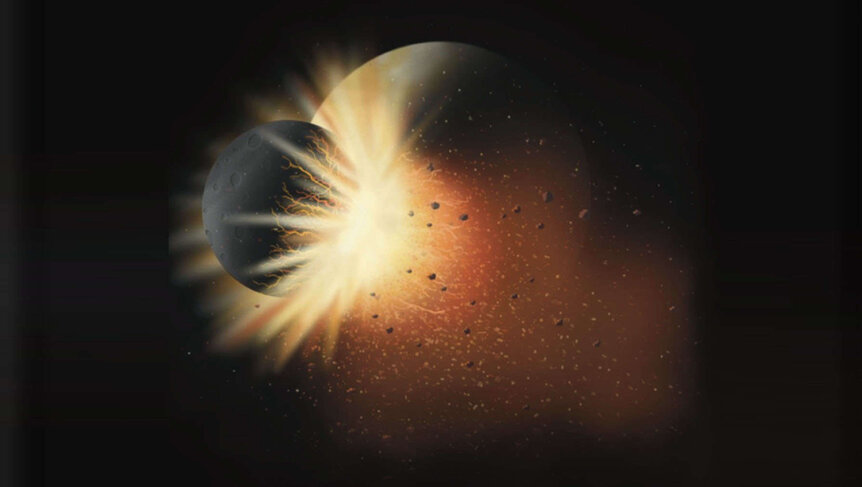Create a free profile to get unlimited access to exclusive videos, sweepstakes, and more!
Here’s a breakdown of what the first Artemis astronauts will do on the Moon

When Artemis III, the first crewed Artemis mission, finally touches down on the lunar surface, that moment is going to be like Apollo 11 all over again…but then what?
NASA has finally released a rundown of the ultracool science objectives for Artemis III, including field geology, sample collection and return, and experiments that will be flown to the Moon from Earth to see how they will turn out in a lunar environment. The science done on this mission has the potential to shed more light on the evolution of the Moon and its interactions with the Sun, Earth and other celestial bodies. It could even demystify more about how the Moon really formed or how water and other volatiles (substances that can easily vaporize) landed there. While Artemis III might not find out everything, it will definitely shine more light on the Moon.
“We wanted to bring together what was most compelling to the science community at the Moon with what astronauts can do on the lunar surface and how the two can mutually reinforce each other,” said Renee Weber, Artemis III Science Definition Team co-chair and chief scientist at NASA’s Marshall Space Flight Center, who led the official report of what will take scientific priority for Artemis astronauts. “The team’s hard work will ensure we’re able to take advantage of the potential of the Artemis III mission to help us learn from the Moon as a gateway to the rest of the solar system.”
The space agency has seven objectives that are meant to take lunar science to the next level. While robotic missions have beamed back some amazing finds, adding the human element can only take the discoveries of those missions further. NASA’s first objective is to understand the geophysical processes that happened and are still happening on the Moon. This could illuminate more about phenomena such as ancient volcanic eruptions. Objective two will delve into lunar volatiles at the poles, primarily water ice, as a way of peering back in time to their origin. The third objective is to interpret the history of impacts between the Earth and the Moon—this could potentially be the last word on whether the Moon was once a piece of our planet or a planetoid that was captured by Earth’s gravity.
Seeing the Sun from a lunar point of view is also an advantage for the fourth objective, which is to look billions of years into the past, when our star was young and the solar system was temperamental. Things were crashing into each other all the time back then. This could relate to some of the previous objectives because asteroids or comets carrying water or other volatiles probably smacked into the Moon as objects continued to fly around in utter chaos for eons. The fifth objective also uses the unique POV to observe our cosmic surroundings from somewhere else; imagine flipping locations and gazing up at Earth every night instead of the Moon.
As a different take on that, the sixth objective is to pull off science experiments on the Moon to see what would happen as opposed to results on the home planet.
Objective six could also help with the seventh objective, which is figuring out how to explore with the least risk possible. That is really going to take some experimentation. Moon dust is so abrasive that Apollo astronauts often complained about how it would wear away at their boots and the lower legs of their space suits, never mind that accidentally breathing it gave some of them a cough like no other. Moon dust also poses a risk to hypersensitive instruments that could accomplish some of the other objectives so long as they are not damaged. Because the moon has no wind or flowing water to erode particles of its soil like Earth does, they remain razor-sharp pieces of metal mixed with shards of glass that were the by-product of volcanic activity or melting from asteroid collisions.
At least lunar regolith is hiding oxygen that astronauts, whether on Artemis III or future Artemis missions, can possibly extract on site and use for both breathing and rocket fuel. Processes like this could be integral to Mars missions and deep space travel if they can be proven to work consistently on the Moon. While the Lunar Gateway still has a few years until it’s up and running, NASA considers the Moon itself a gateway to the final frontier.
Though that glowing orb in the night sky appears otherworldly (which it literally is) and mystical, who knows what secrets it might be hiding.



























